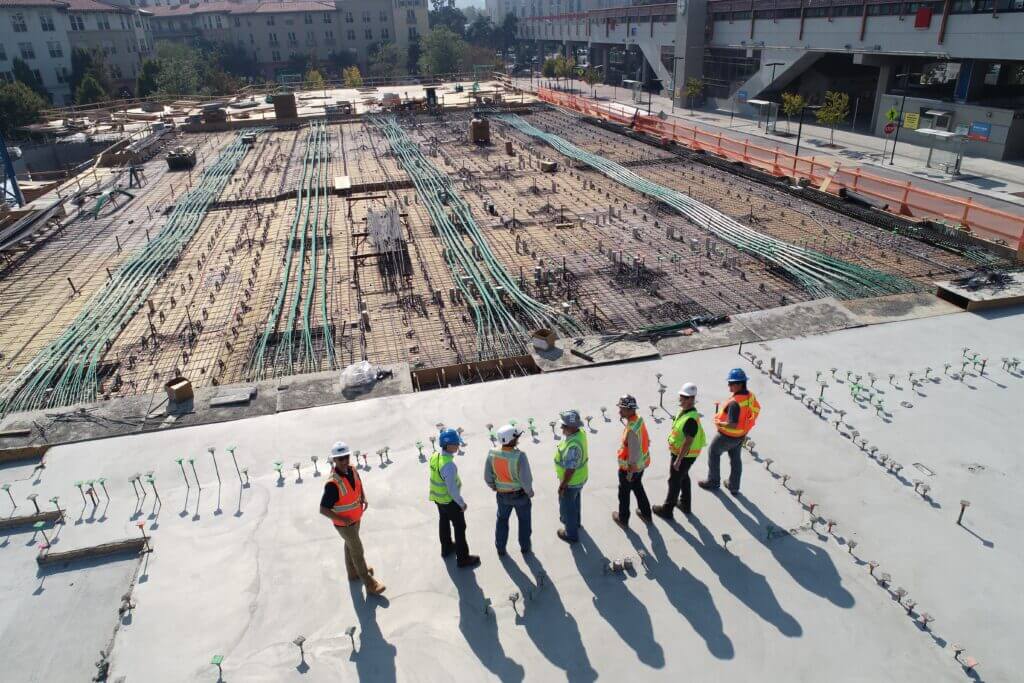Embarking on a construction project requires meticulous planning and organization to ensure success. The Builder Brigade Checklist serves as a comprehensive guide, outlining the essential steps and considerations for a seamless construction process. Whether you’re a seasoned contractor or a homeowner overseeing a project, this checklist will help you stay on track and achieve your construction goals efficiently.
1. Project Planning:
☐ Define Project Scope:
- Clearly outline the scope of your construction project. Specify the goals, deliverables, and any unique requirements.
☐ Set Budget and Timeline:
- Establish a realistic budget and timeline for the project. Factor in potential contingencies and allocate resources accordingly.
☐ Secure Permits:
- Identify and obtain all necessary permits for your construction project. Check with local authorities to ensure compliance with building codes and regulations.
☐ Hire a Project Manager:
- Consider hiring a qualified project manager to oversee the construction process. A skilled manager can coordinate tasks, manage resources and address challenges efficiently.
2. Site Preparation:
☐ Clear Land:
- Begin by clearing the construction site of any vegetation, debris, or obstacles. This creates a clean and accessible workspace.
☐ Grade and Level:
- Grade and level the ground as needed. Proper grading ensures proper drainage and a stable foundation for construction.
☐ Utility Assessments:
- Conduct assessments to identify and mark the location of existing utilities (water, gas, electricity) to prevent accidental damage during construction.
☐ Secure Temporary Facilities:
- If required, set up temporary facilities for workers, storage, and office space. This ensures a functional and organized construction site.
3. Foundation and Structural Planning:
☐ Excavation:
- Excavate the foundation area according to the approved plans. Ensure proper depth and dimensions for the foundation.
☐ Pour Foundation:
- Pour the foundation using the appropriate materials and techniques. Allow sufficient time for curing before proceeding with further construction.
☐ Structural Inspections:
- Schedule and undergo structural inspections at key construction milestones. This ensures compliance with safety and quality standards
☐ Implement Framing:
- Begin framing the structure according to architectural plans. Use quality materials and precise measurements for a sturdy framework.
4. Construction Phases:
☐ Build Walls:
- Construct walls, ensuring they align with the framing plan. Incorporate any specified insulation or structural elements.
☐ Install Roofing:
- Install the roof structure and roofing materials. Check for proper ventilation and insulation to enhance energy efficiency.
☐ Electrical and Plumbing:
- Coordinate the installation of electrical wiring and plumbing systems. Ensure compliance with local codes and standards.
☐ Interior Finishing:
- Proceed with interior finishing work, including drywall installation, flooring, and any custom finishes specified in the design.
5. Quality Assurance:
☐ Regular Inspections:
- Conduct regular inspections throughout the construction process. Address any issues promptly to maintain quality standards.
☐ Testing:
- Perform necessary tests on structural elements, electrical systems, plumbing, and other critical components. Ensure everything meets safety and performance criteria.
☐ Client Walkthroughs:
- Schedule walkthroughs with the client at key stages of construction. Confirm that the project aligns with their expectations and specifications.
☐ Documentation:
- Maintain thorough documentation of the construction process, including permits, inspection reports, and any changes made during the project.
6. Finalization and Handover:
☐ Punch List:
- Create a punch list to address any remaining tasks or touch-ups needed before completion. This ensures a polished and well-finished project.
☐ Final Inspections:
- Conduct final inspections to verify that all aspects of the construction meet the required standards and regulations.
☐ Client Approval:
- Obtain client approval for the completed project. Address any final concerns or modifications requested by the client.
☐ Handover and Training:
- Hand over the completed construction project to the client. Provide necessary training on systems, maintenance, and any unique features of the structure.
7. Post-Construction:
☐ Warranty Documentation:
- Provide the client with warranty documentation for materials and workmanship. Clearly outline the terms and conditions of the warranty.
☐ Final Payments:
- Complete any outstanding financial transactions, including the final payment to contractors and suppliers.
☐ Post-Construction Evaluation:
- Conduct a post-construction evaluation to assess the project’s success and identify areas for improvement in future projects.
☐ Client Feedback:
- Seek feedback from the client on their experience with the construction process. Use this information to enhance future projects and client relationships.
The Builder Brigade Checklist is a universal tool designed to guide construction professionals and homeowners through the intricacies of a building project. By adhering to this checklist, you can navigate each phase of construction with confidence, ensuring a successful and well-executed project from start to finish. As construction projects differ, please feel free to adjust and customize it to your case.













